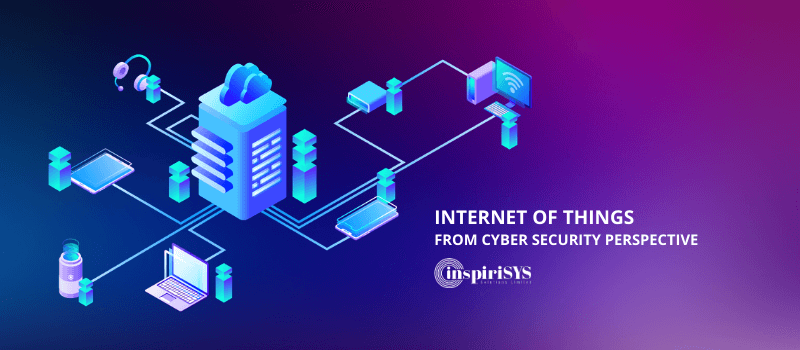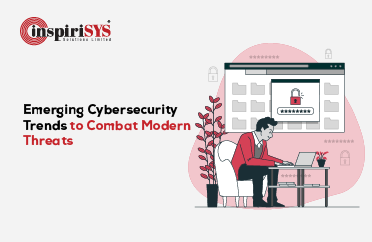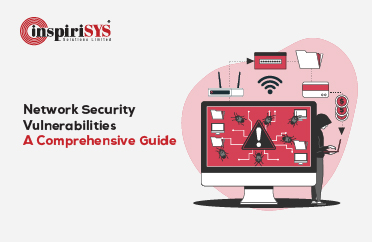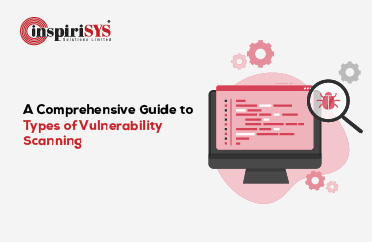Companies can no longer avoid digital transformation. No matter to which industry they belong, Internet of Things is an essential element in their transformation bucket list. Rapid technological innovations in IoT have resulted in many aspects of our lives being connected. This connectedness has its own advantage and disadvantage. It helps to share information rapidly and process the information swiftly. It provides companies with tools and information. This in-turn offers opportunities to bolt their processes and tap new revenue streams. On the flip side, cyber attackers can exploit vulnerabilities in IoT infrastructure. Let’s have a look at the Internet of Things from cyber security perspective.
Security of IoT
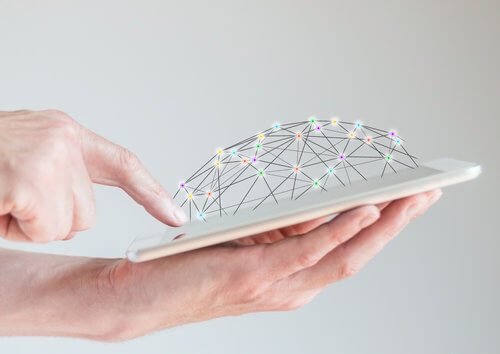 As IoT is entering daily life more and more, the risk landscape of IoT is expanding to a threatening level. An HP study reveals that 70% of the most commonly used IoT devices contain vulnerabilities. In this case, cyber-attacks are no longer a matter of “if” but “when”. Every day, these attacks become more sophisticated and harder to defeat. So cybersecurity is increasingly complex to deliver. Today, it is important to remember that cybersecurity is a business-wide issue and not just a technical risk. Since the concept of IoT is in technological integration and collaboration, the complexity will keep on increasing and it again breeds risk.
As IoT is entering daily life more and more, the risk landscape of IoT is expanding to a threatening level. An HP study reveals that 70% of the most commonly used IoT devices contain vulnerabilities. In this case, cyber-attacks are no longer a matter of “if” but “when”. Every day, these attacks become more sophisticated and harder to defeat. So cybersecurity is increasingly complex to deliver. Today, it is important to remember that cybersecurity is a business-wide issue and not just a technical risk. Since the concept of IoT is in technological integration and collaboration, the complexity will keep on increasing and it again breeds risk.
State of readiness
No organization can predict or prevent all types of attacks on IoT infrastructure. But they can bring down their attractiveness as a target, improve their resilience and limit damage from any given attack.
A state of readiness includes:
- Implementing a cyber threat intelligence strategy to make strategic business decisions on security incidents
- Defining the organizations extended cybersecurity ecosystem
- Taking a cyber economic approach to digital assets and their values
- Using data analytics & cyber threat intelligence
- Confirming that everyone in the organization grasps the need for strong governance, user controls and accountability
With this state of readiness, Organizations may not be able to control when information security incidents occur, but they can control how they respond to them.
Secured IoT best practices
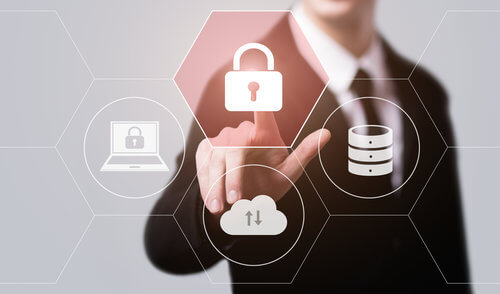 Technology advancements and innovations continuously push organizations to assess the security implications of IoT. Appropriate security procedures and regular testing will aid organizations to become smarter. Also, it will make their employees aware of the challenges that IoT poses for the entire organization.
Technology advancements and innovations continuously push organizations to assess the security implications of IoT. Appropriate security procedures and regular testing will aid organizations to become smarter. Also, it will make their employees aware of the challenges that IoT poses for the entire organization.
Knowing your environment
Situational awareness is vital to combat the wider threat landscape. It requires state-of-the-art cyber threat intelligence that incorporates both external and internal sources of risk. It also covers both the present and future, while learning from the past.
Consistent learning and evolving
Change is the only constant. Change in the activities of cyber-criminals is not exceptional. So the cycle of continuous security improvements is inevitable. To become a learning organization, one should study data and constantly define new strategies to tide over the threat landscape.
Having incident response and crisis response mechanisms
Organizations should regularly rehearse their incident response capabilities. It should validate complex incident scenarios that test the organization’s resilience.
Align cybersecurity to business objectives
Organization’s leaders should perceive and confer about how cybersecurity enables the business to innovate and open new channels to market. The information security function demands leadership support in delivering the right revenue. It enables the organization to grow better security protection and to promote cybersecurity awareness.
How can Inspirisys help?
IoT is one of the digital game-changers. Inspirisys provides IoT solutions with cybersecurity capabilities. With 28 years of experience in the cybersecurity landscape, we enable organisations to have robust cybersecurity measures in place to tide over the threats in IoT infrastructure. We provide a solid foundation of cybersecurity with a comprehensive set of information security measures. Thus, we enable organizations to adapt information security to keep pace with changes in the IoT security landscape.






